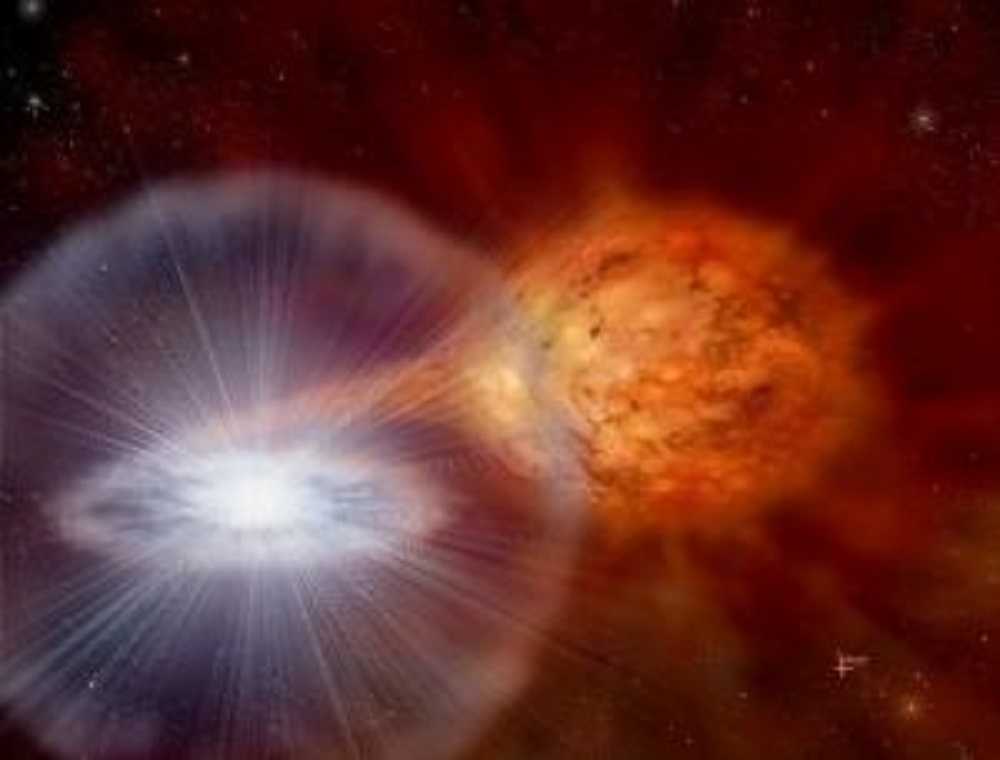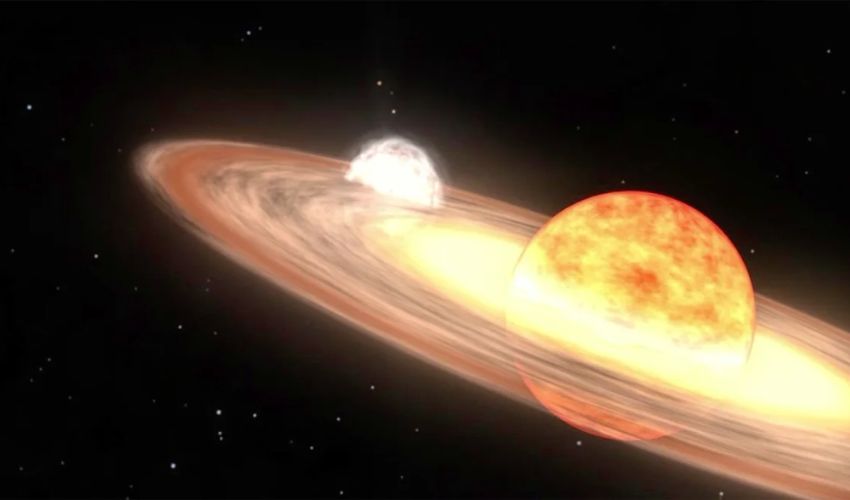Astronomers anticipate the appearance of a nova in the night sky, possibly occurring anytime until September. NASA describes it as a rare event, offering a unique spectacle. The nova will emerge in the Corona Borealis constellation, situated between Boötes and Hercules in the Milky Way.
Unlike a supernova, which marks the demise of a massive star, a nova stems from the sudden eruption of a collapsed white dwarf star. T Coronae Borealis, dubbed the "Blaze Star," is a binary system within Corona Borealis. It comprises a dead white dwarf and an aging red giant star. Red giants form as stars deplete their hydrogen fuel, swelling in size as they approach the end of their lifecycle.
Approximately every 79 years, T Coronae Borealis undergoes an explosive event due to the close interaction between its constituent stars. The red giant sheds its outer layers onto the white dwarf, leading to a gradual heating of the latter's atmosphere. Eventually, this triggers a runaway thermonuclear reaction, resulting in the nova phenomenon, as explained by NASA.
Every 79 years or so, T Coronae Borealis experiences an explosive event.A star that hasn’t been seen with the naked eye since the 1940s will appear for a fleeting moment in our night sky this year



























